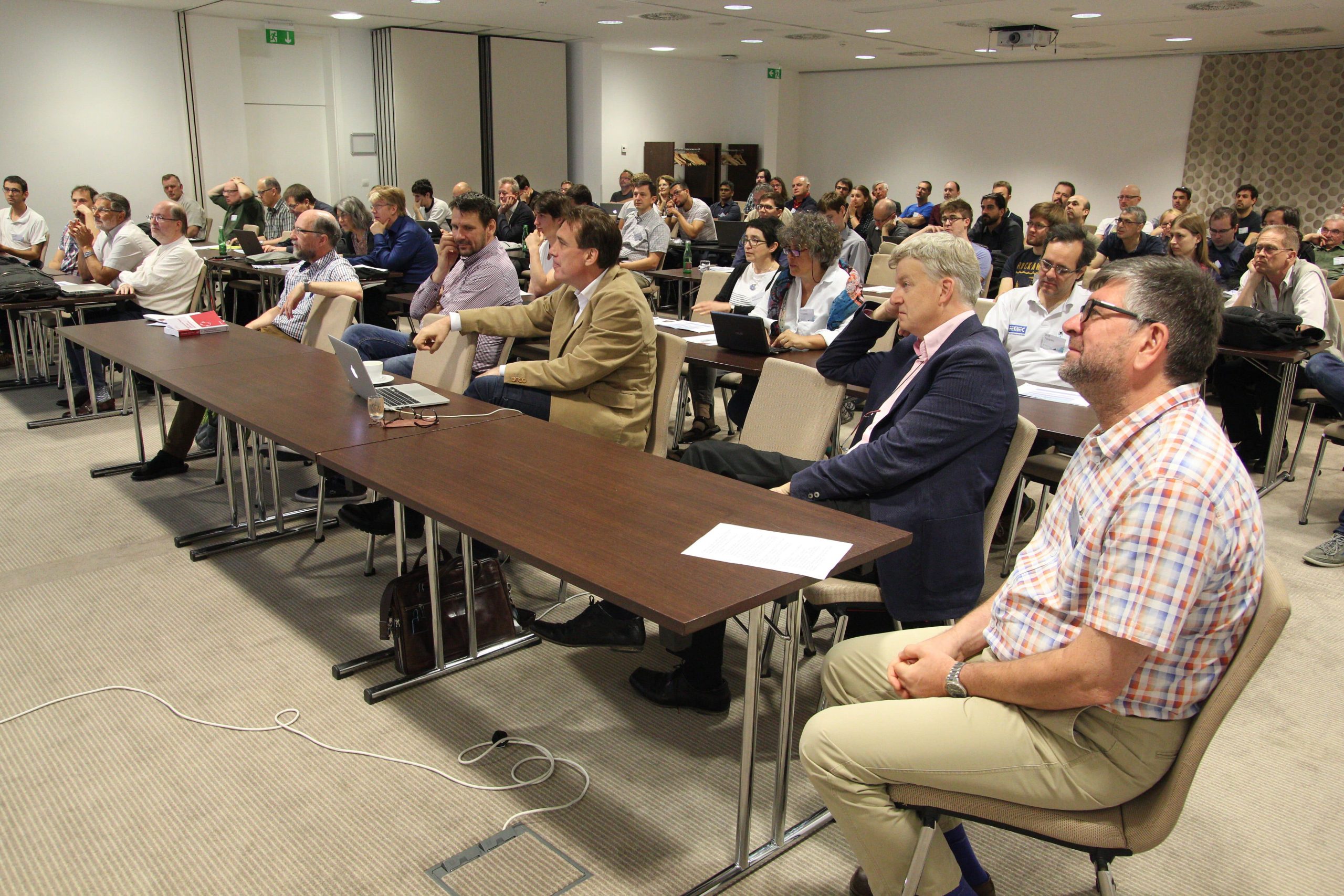Data forms: Binding data fields to task transitions
A data variable can be bounded to a transition if it is desired to display its values to the user performing the task transition. A data variable associated with a task transition is called the data field of the task transition. Obviously, a data variable can be bounded to several transitions. A data field, i.e. a connection between a data variable and a task transition is implemented as a reference inside of the task transition. The referenced data variable is identified in the reference task transition by its unique ID set in the data variable object. In addition to data variable ID, reference object has attributes to set data field behaviour and logic inside of the transition. Behaviour attribute defines the relation of the data field to the transition. The attribute values can be hidden, visible, editable, and required. When the data field in a transition is the visible user can see the value of the data field but cannot modify it. When one or more data fields in a transition are set as required, this transition cannot be finished until every required data field is filled. Values in the logic attribute are functions. In Petriflow language they are named as Actions. They are executed when the value is changed inside of the referenced data field.
39th International Conference on Applications and Theory of Petri Nets and Concurrency

